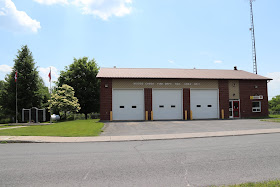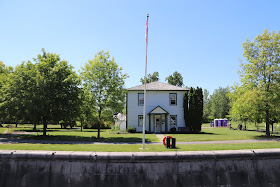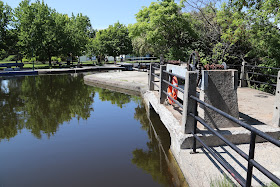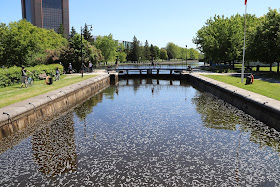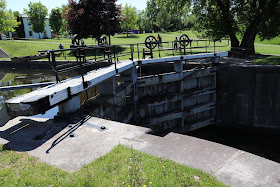In Maxville Ontario a plaque commemorating the Glengarry Highland Games' 60th Anniversary stands south of the eastern end of Fair Street just inside the Maxville Fair Grounds Gates.
 |
The
Glengarry
Highland Games
"Ceud Mile Failte"
(One Hundred Thousand Welcomes)
Since 1948 |
Erected on the Occassion of the 60th Anniversary of
the Glengarry Highland Games
On these premises the first Glengarry Highland Games was held on July 31, 1948. Each year since, the best pipe bands on the North American Continent and beyond competed for the North American Pipe Band Championships.
Tribute is paid to all individual competitors in piping, drumming, highland dancing and sports who have contributed to the enjoyment and success of the Games. Recognition and thanks are given to all volunteers, members and directors of the Games; they constitute the heart and sould of the organization.
The Games is also indebted to the many dignitarie from all walks of life who have graced the stage and have helped give the Games the great prestige it has garnered over the years.
Hope is expressed that the remarkable enthusiasm that has been evident by all will continue and the Glengarry Highland Games will prove to be even more successful in the future.
Maxville, Ontario - August, 2007










